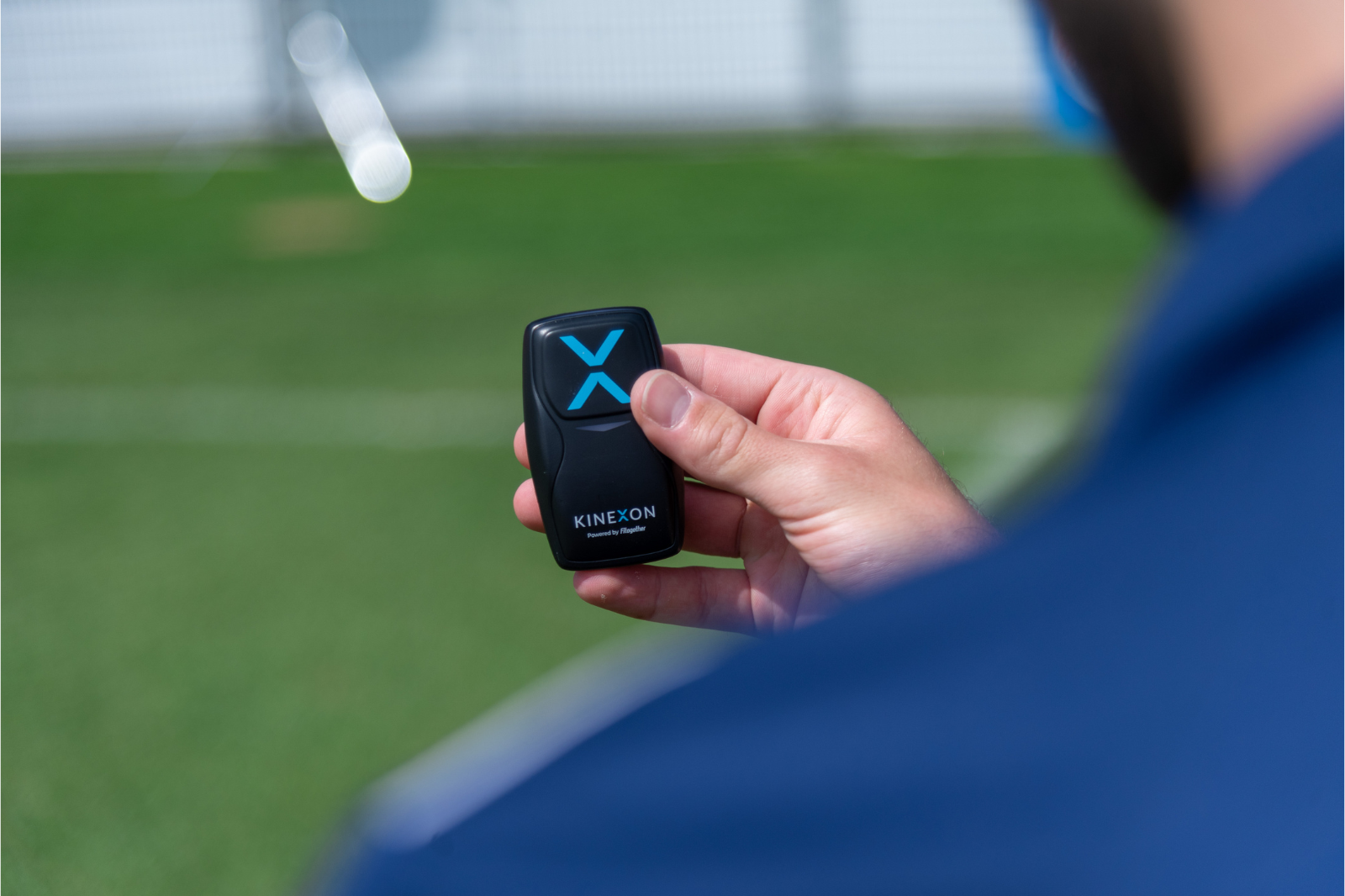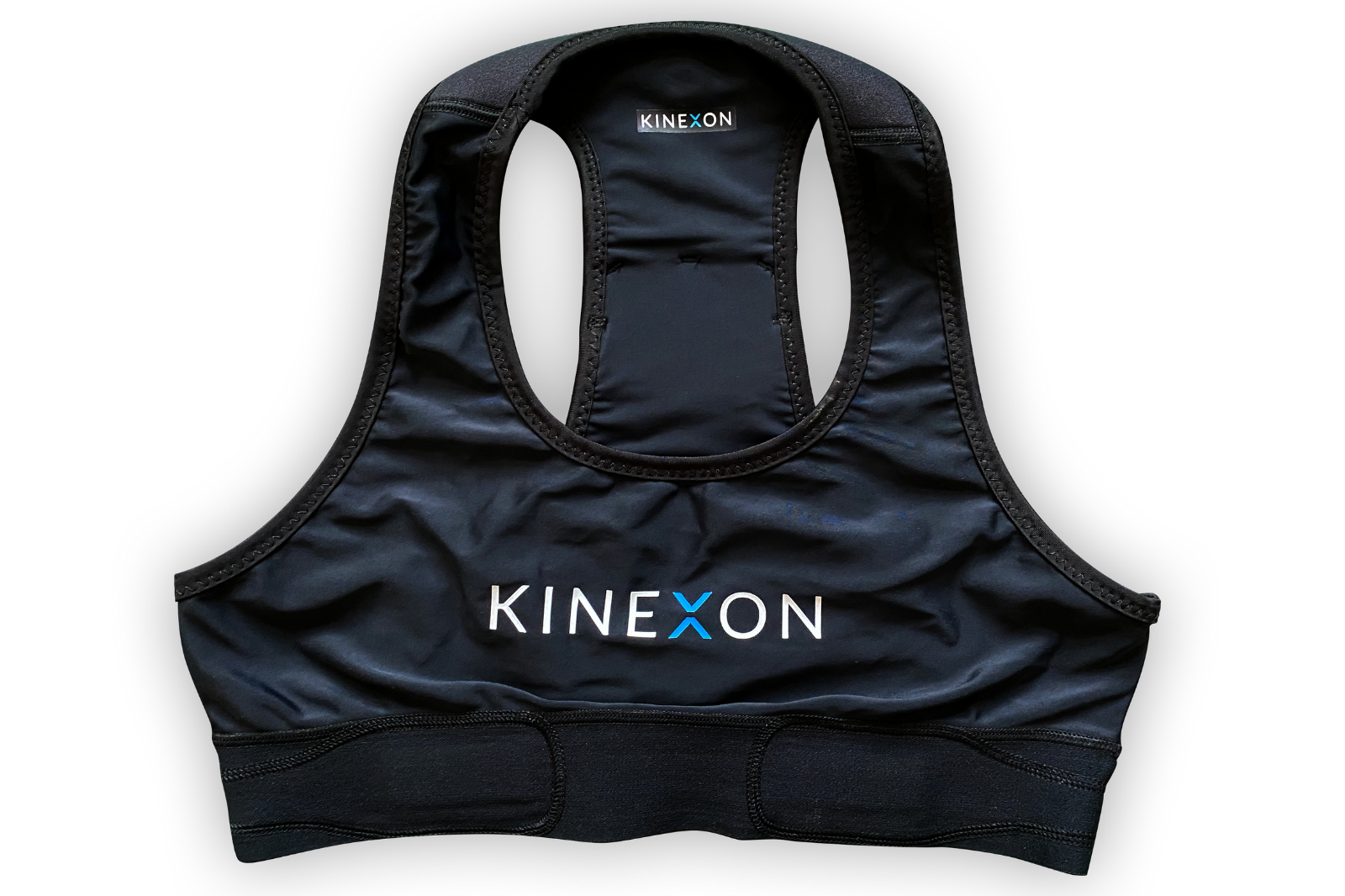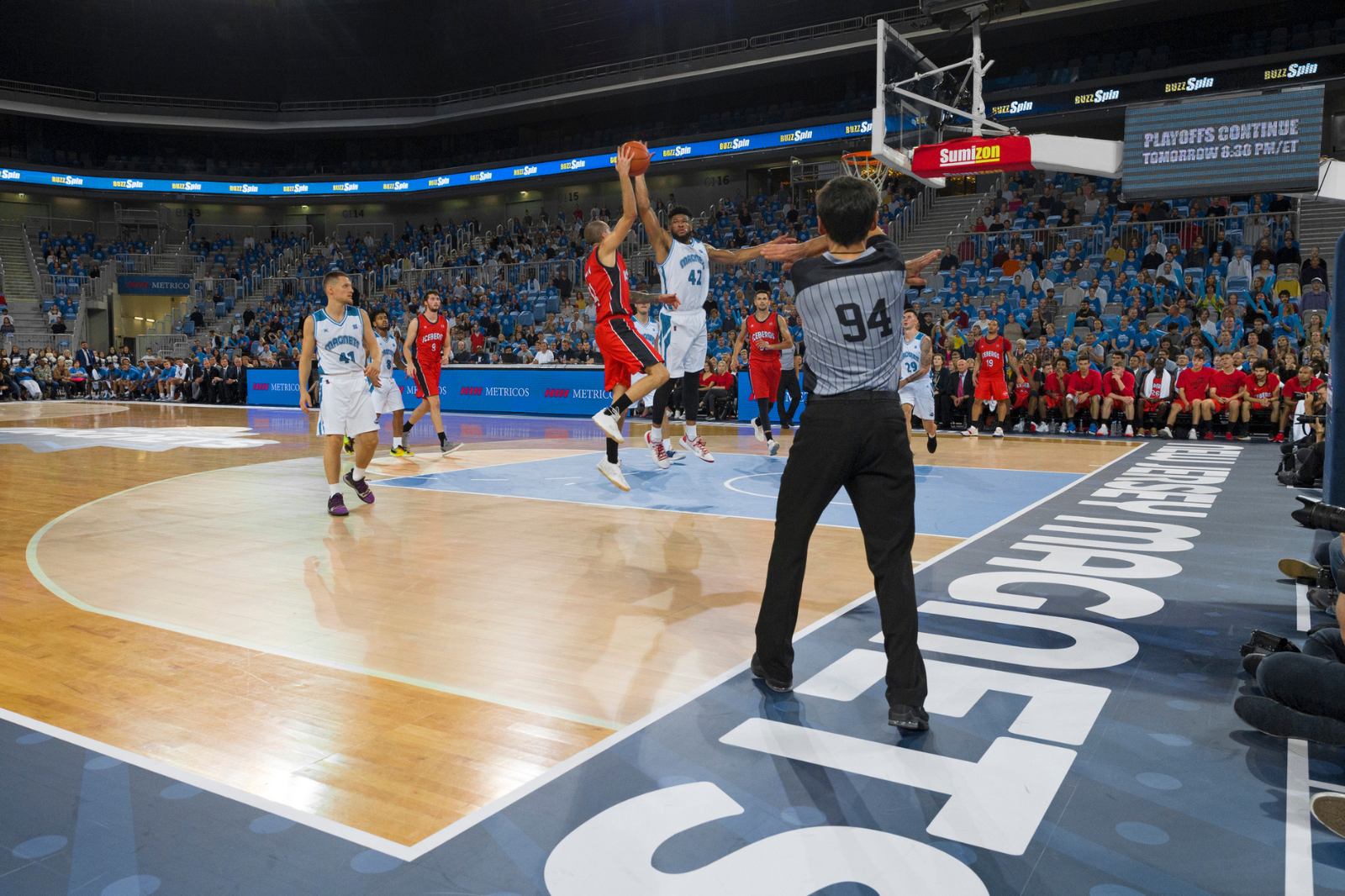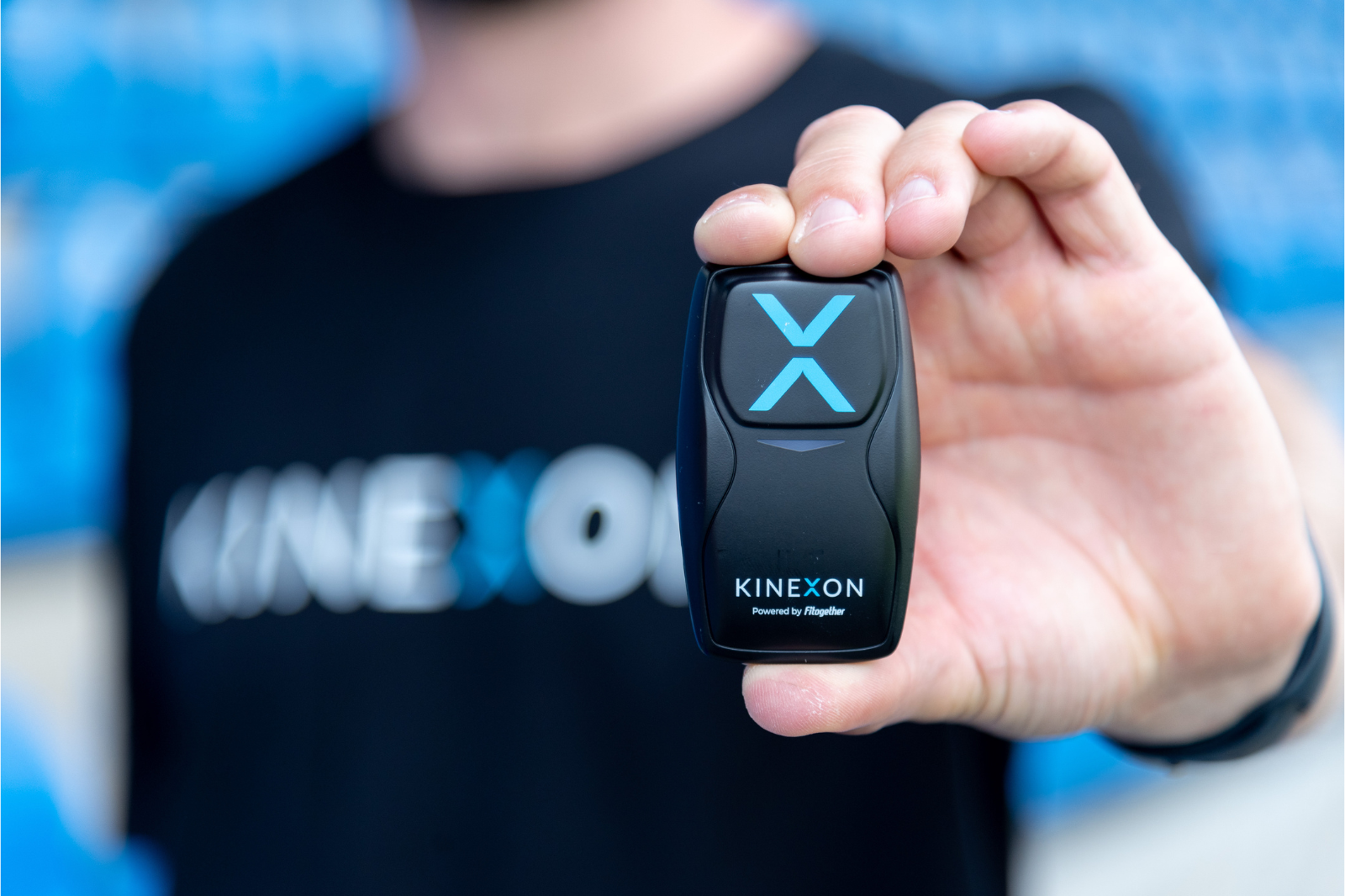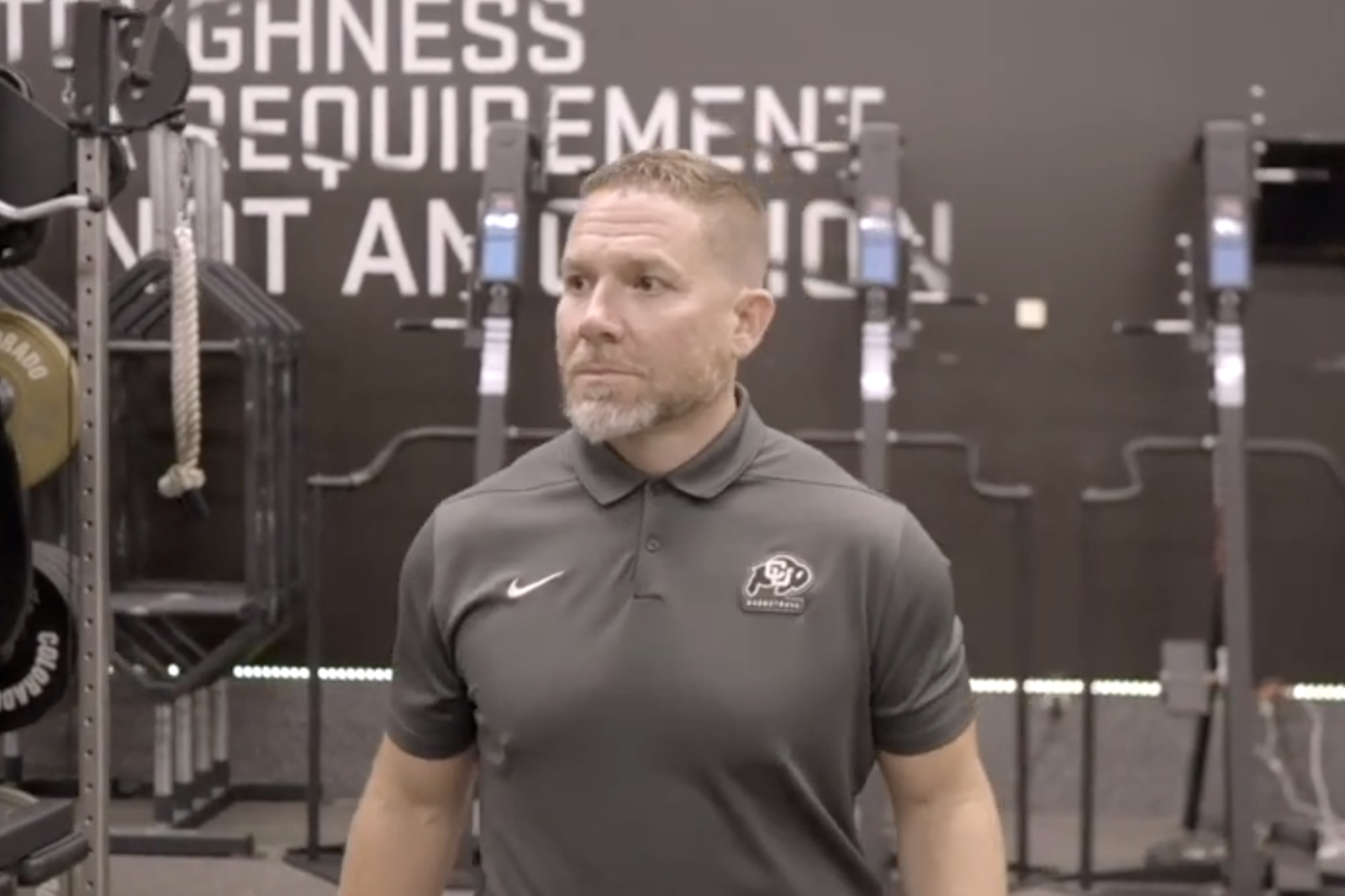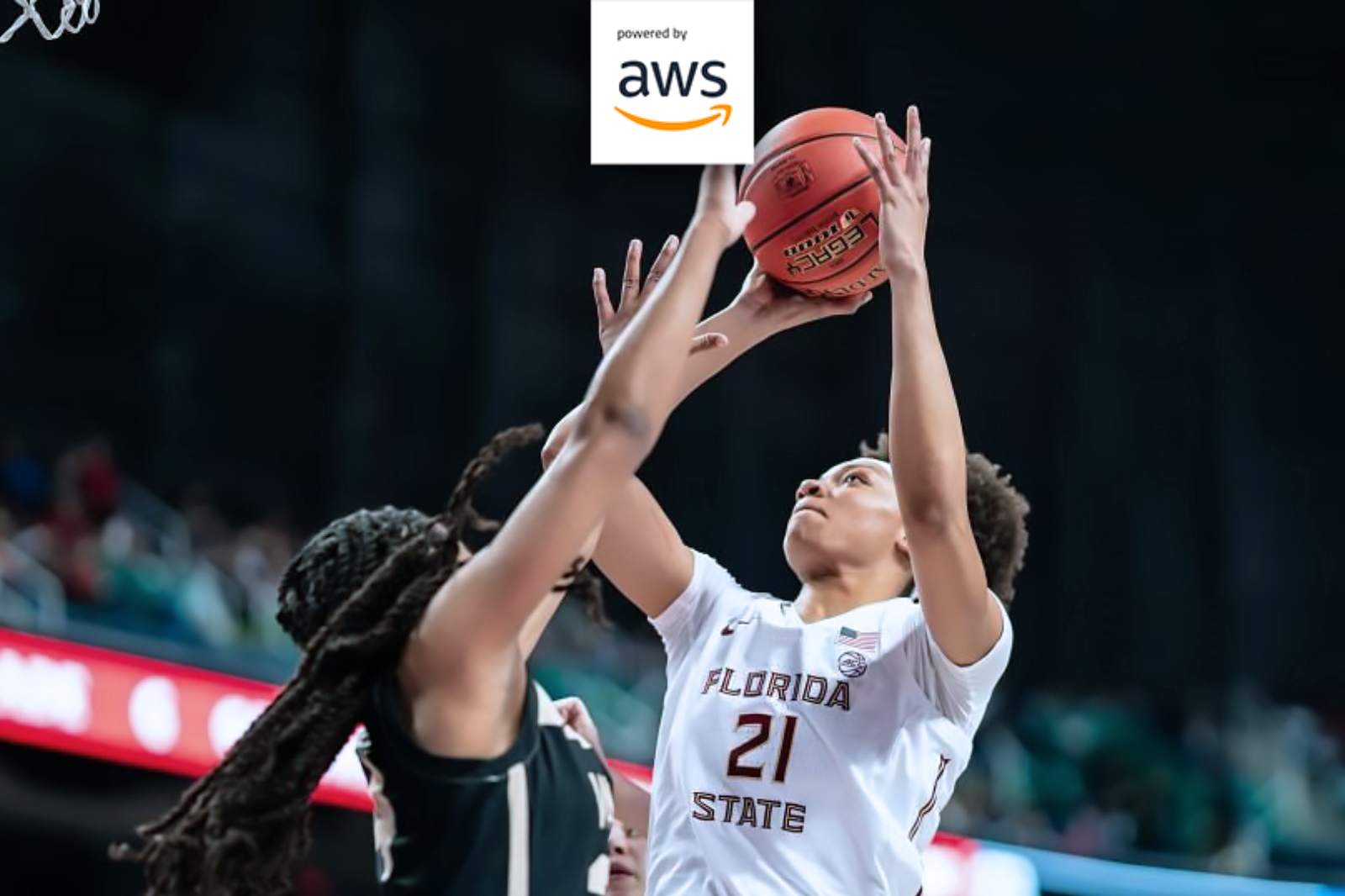
Why you need RTLS solutions on your assembly lines
Precision, quality, and speed are key factors for fast-paced manufacturing industries. In the automotive industry alone, a production stop of just a minute can cost tens of thousands of dollars, and automated tool control is a powerful solution to address challenges in automotive assembly. This is the second part of a three-part series exploring the potential of automated tool control for the automotive industry, based on an interview Assembly Magazine conducted with KINEXON. In the second part of the series, we outline why RTLS solutions are the clear choice for the automotive industry. Enjoy the read and stay tuned throughout the series for valuable insights on all things tool control.
How does RTLS work?
International corporations trust RTLS solutions by KINEXON. With the combination of two decisive functions, we offer the perfect solution for industrial production and intralogistics processes:
Acquisition of all relevant proprietary data such as 3D position (x, y, z), status of objects and their ID, acceleration, alignment, and printing captured through our sensors and communicated through our anchor network. For example, UWB pulses transmitted from the tags to the anchor network ensure that the exact options of all objects and persons within the RTLS are accurately determined.
Furthermore, these devices are constantly communicating & updating each other at a specified rate that the customer determines is needed. We refer to this as bidirectional data communication, which refers to objects that can send data like the temperature or battery status and receive data (commands) on top of the other information captured above. In this way, KINEXON RTLS visualizes and networks the spatial context of your assets and makes highly efficient industry 4.0 and logistics 4.0 solutions possible — precise, simple, robust and smart, thanks to state-of-the-art UWB real-time localization.
Location and positioning systems require sensors and software that precisely recognize a wide variety of assembly tools and processes to coordinate and track movement on a factory floor.
The ROI of RTLS solutions on assembly lines
With the rapid rise in technology available to companies, it is critical that we provide you, the customer, with a clear ROI that reflects the value gained by using UWB RTLS. We address these concerns by measuring our value based on the KPIs you care about most, like cycle time and scrap rate. RTLS technology offers companies new opportunities to increase output while improving and maintaining their overall product quality. As we like to say here at KINEXON, “manufacture more with less,” This value is reflected directly in the business case as we measure our worth based on our ability to enhance “takt time,” which translates to an increase in production and overall profit.
“These benefits include a reduction in cycle time and scrap rate, which are two KPIs that manufacturers are constantly looking to address across their assembly lines,” explains Bentanfous. “We can accomplish statistical significance in these areas by increasing assembly line speeds up to 5 percent.
“As the standards for product quality continue to rise, so will the use of automated tool control,” predicts Bentanfous. “Companies apply exhaustive cost reduction strategies throughout their production process, putting a strain on product quality.”
With the rise of tracking technology, manufacturers gain new opportunities to increase output productivity while improving quality. The business case for tool tracking can be easily proven, because it focuses on improving overall takt time, which translates to an increase in production and overall profit.

